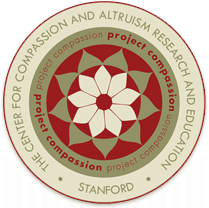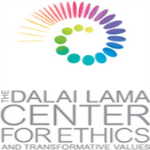
A few years back, I was having a conversation with a brilliant Stanford student about crime maps. He suggested that a really cool use of mapping technology would be to map compassion. I thought to myself, that is a crazy idea, how would we do that? I shrugged it off and tried not to think about this issue, but it became something of a puzzle that I want to solve. How could this be done? Who would map compassion? Compassion is complex and can manifest itself in myriad ways, and most folks are not familiar with the technical definition of compassion as 1) noticing suffering, 2) feeling empathy and 3) taking action to ameliorate the suffering which would cue folks to see it in actual behavior.
Recent social psychological studies in university settings suggests that witnessing both compassionate and pro-social behavior inspires others to behave in a similar manner, with significant psychological benefits for those witnessing the positive event. How do we feel when we witness others working together? Kindness? Compassion? Sharing? Giving? Haidt (2003b) calls the emotion ‘elevation’ (based on a 1771 description by Jefferson). Elevation is an emotional response to witnessing others acts which make us feel unselfish, often with a desire to act similarly. Haidt describes participants witnessing good deeds giving them a pleasurable feeling, sometimes feeling warm or pleasant in the chest that triggered desires of doing good deeds.
To read the entire blog post, click here.
Dr. Daniel Martin
Latest posts by Dr. Daniel Martin (see all)
- Elevation Mapping: Pro-Social Compassion Maps - February 14, 2014
- Recruitment, Pre-employment Selection and Compassion - August 2, 2013
- Asian Students, Plagiarism Stereotypes and Compassion - May 20, 2013








